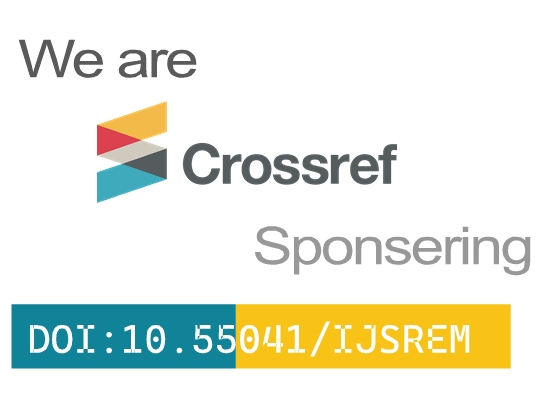A Concise Review for Exploring Deep Learning's Potential in Gastric Cancer Prediction
M. Dhivya1, 3, Dr.V.S Meenakshi2
1Research Scholar, PG & Research Department of Computer Science Chikkanna Government Arts College,
Tirupur-641602, Tamil Nadu, India.
2Assistant Professor, PG & Research Department of Computer Science, Chikkanna Government Arts College, Tirupur -641602, Tamil Nadu, India.
3Assistant Professor, PSGR Krishnammal College for Women, Peelamedu, Coimbatore-641004, Tamil Nadu, India.
1dhivyamphd@gmail.com, 2meenasri70@yahoo.com, 3dhivyam@psgrkcw.ac.in
Abstract - Gastric cancer (GC) is one of the most common malignant tumours that attack the stomach lining. It is the second most common cause of cancer-related deaths worldwide. As life expectancy increased by early diagnosis and dietary patterns changes. A number of diagnostic techniques, such as endoscopy analysis, CT scans, and histopathological imaging, are frequently employed to identify and assess GC. Despite their effectiveness, these techniques are frequently labour-intensive, time-consuming, and susceptible to inter-observer variability, all of which can compromise the consistency of the diagnosis. By facilitating automated feature extraction, selection, and classification from medical images, machine learning (ML) techniques have been developed recently to aid in the detection of gastric cancer. However, ML techniques often struggle with large, complex, and high-dimensional datasets and necessitate manual pre-processing. Deep Learning (DL) has become a more sophisticated and effective way to get around these restrictions. DL models, as opposed to conventional methods and classical ML techniques, offer higher accuracy, speed, and scalability by automatically learning hierarchical features from raw medical images. An extensive review of current DL-based methods for gastric cancer detection is provided in this paper. It looks at their architectural layouts, benefits, drawbacks, and performance comparisons. In order to enhance diagnostic accuracy and clinical application of DL-based systems, the review also identifies new research trends and makes recommendations for possible future paths.
Key Words: Crime Prediction, Deep Learning, GCN-GRU, Hyperparameter tuning and Lyrebird Optimization Algorithm







